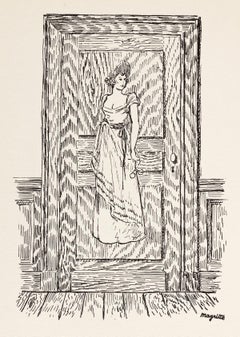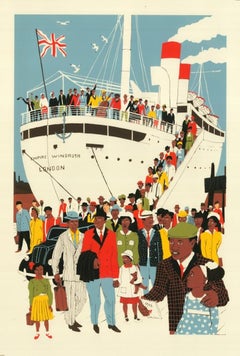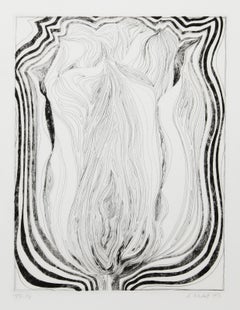Women Still-life Prints
1950s Surrealist Figurative Prints
Lithograph
1970s Photorealist Still-life Prints
Lithograph
2010s Symbolist Landscape Prints
Paper, Screen
1960s Still-life Prints
Lithograph
1970s Photorealist Still-life Prints
Etching
21st Century and Contemporary Contemporary Figurative Prints
Paper, Archival Paper, Color, Screen
21st Century and Contemporary Contemporary Figurative Prints
Paper, Giclée
2010s Contemporary Still-life Prints
Intaglio, Etching, Aquatint
2010s Contemporary Still-life Prints
Archival Pigment
1970s Pop Art Still-life Prints
Screen
2010s Contemporary Prints and Multiples
Screen
2010s Pop Art Figurative Prints
Giclée
21st Century and Contemporary Contemporary Figurative Photography
Canvas, Digital
21st Century and Contemporary Contemporary Color Photography
Archival Paper, Photographic Paper, Archival Pigment, Giclée
1970s Pop Art Still-life Prints
Screen
2010s Abstract Animal Prints
Woodcut
21st Century and Contemporary Contemporary Black and White Photography
Archival Pigment
Late 20th Century Still-life Prints
Screen
1980s American Realist Still-life Prints
Screen
21st Century and Contemporary Contemporary Landscape Prints
Archival Paper, Giclée
1960s Surrealist Still-life Prints
Lithograph
21st Century and Contemporary Contemporary Figurative Prints
Paper, Giclée
2010s Contemporary Animal Prints
Paper
2010s Pop Art Color Photography
Photographic Paper, C Print, Color, Silver Gelatin
Late 20th Century Contemporary Still-life Prints
Handmade Paper, Monoprint
21st Century and Contemporary Contemporary Figurative Photography
Canvas, Digital
21st Century and Contemporary Contemporary Figurative Prints
Paper, Giclée
1970s Modern Interior Prints
Lithograph
Late 20th Century Contemporary Still-life Prints
Etching
1990s Expressionist Still-life Prints
Lithograph
21st Century and Contemporary Contemporary Still-life Prints
Etching
1970s Pop Art Still-life Prints
Screen
1960s Surrealist Figurative Prints
Etching
1950s Fauvist Landscape Prints
Lithograph
21st Century and Contemporary Contemporary Still-life Prints
Paper, Monoprint
Early 2000s Contemporary Figurative Prints
Paper, Etching
Late 20th Century Contemporary Still-life Prints
Etching
2010s Figurative Prints
Glitter
1990s Still-life Prints
Lithograph
Early 1900s Naturalistic Still-life Prints
Lithograph
21st Century and Contemporary Contemporary Interior Prints
Archival Paper
21st Century and Contemporary Contemporary Black and White Photography
Archival Paper
1970s Dada Still-life Prints
Screen
1970s Pop Art Still-life Prints
Screen
1970s Modern Still-life Prints
Offset, Paper
Late 20th Century Still-life Prints
Etching
1950s Fauvist Still-life Prints
Silk, Screen
1980s Abstract Still-life Prints
Mezzotint
1980s Contemporary Still-life Prints
Drypoint
1960s Pop Art Still-life Prints
Lithograph
1960s Pop Art Still-life Prints
Lithograph
2010s Still-life Prints
Archival Paper
1980s Folk Art Still-life Prints
Paper, Linocut
21st Century and Contemporary Realist Still-life Prints
Digital
1990s Contemporary Still-life Prints
Etching
1970s Abstract Geometric Landscape Prints
Paper, Linocut
1980s Contemporary Still-life Prints
Woodcut
1980s Photorealist Figurative Prints
Board, Dye Transfer
1990s Surrealist Still-life Prints
Paper, Digital
21st Century and Contemporary Surrealist Portrait Prints
Screen





